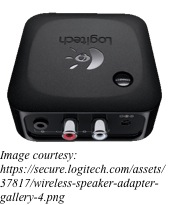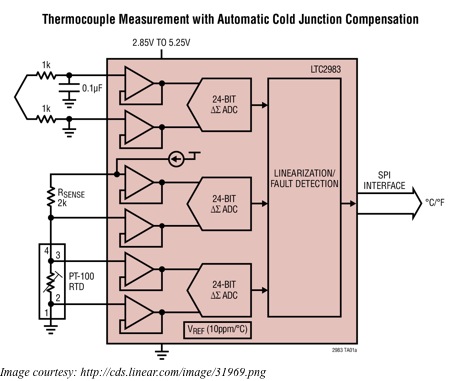The Internet of Things has led to several simple sensors being used for applications requiring reporting of their readings wirelessly to a gateway or hub. However, most sensors require to be powered from batteries, creating logistical and cost barriers to several use cases. Now, many wireless sensor modules appearing on the market do not require batteries, as they are ultra-low power types.
Several key building blocks are necessary to make up a wireless sensor module meant for IoT use. The first among these is the sensor itself, its signal feeding a micro-controller that processes and packages it for transmission. The final part consists of a radio transceiver to send the information to its destination. Even with the most careful logic design, these building blocks work at a minimum of 1.8V, using up several tens of microamperes at modes requiring the lowest power.
However, in the last decade, extensive research has resulted in development of sub-threshold circuits involving logic, memory and RF. Transistor switching, in conventional logic design, takes place between saturation and an on-off state, dominated by leakage currents. Switching mostly occurs at a gate-to-source voltage or VGS of about 0.5V, which is the threshold voltage or VT for the transistor. In conventional logic, VGS < VT, is the condition for the transistor to remain in the off state. Sub-threshold circuits use this off-state region for the two operational states of a transistor. With the transistor's gate voltage operating below the threshold, the supply voltage can go lower than the conventional 1.8V. An active logic circuit consumes power relative to the square of the supply voltage. Therefore, operating at lower supply voltages can mean considerable power savings. The drawback in this manner of operation is that switching speeds slow down – but that does not hamper many applications. Another requirement of sub-threshold circuits is that a careful control is to be exercised on device physics, including circuit structures. These are necessary to mitigate the effects of temperature variation and noise. However, researchers have provided answers for these problems as well and the solutions have proven themselves practically. Functioning circuits are available for analog, microprocessors and memory devices. Sub-threshold designs are now starting to appear in the market as full SOCs. Universities of Michigan, Virginia and Washington have culminated their research efforts as a two-year old startup, PsiKick. They are preparing a sub-threshold circuitry based wireless sensor module that will operate without batteries. Aside from the RF transceiver, a micro-controller and a sensor front-end, the module will include blocks for energy harvesting. This makes it a self-powered sensor platform that can be used in a wide array of applications. Another design, a second-generation version, is on the cards. This is based on standard CMOS technology and a demonstrable product is due any time soon. The sub-threshold module requires astonishingly small power to operate. Compared to sensor platforms currently available, these modules will consume 100 to 1000 times less power. When fully operating, the micro-controller consumes only 400nW while the RF transmitter generated 10µW, which is effective within a 10m range. The module operates within a supply voltage range of 0.25 to 1.2V. That makes the module eminently suitable to the output capabilities of most energy harvesting methods.


